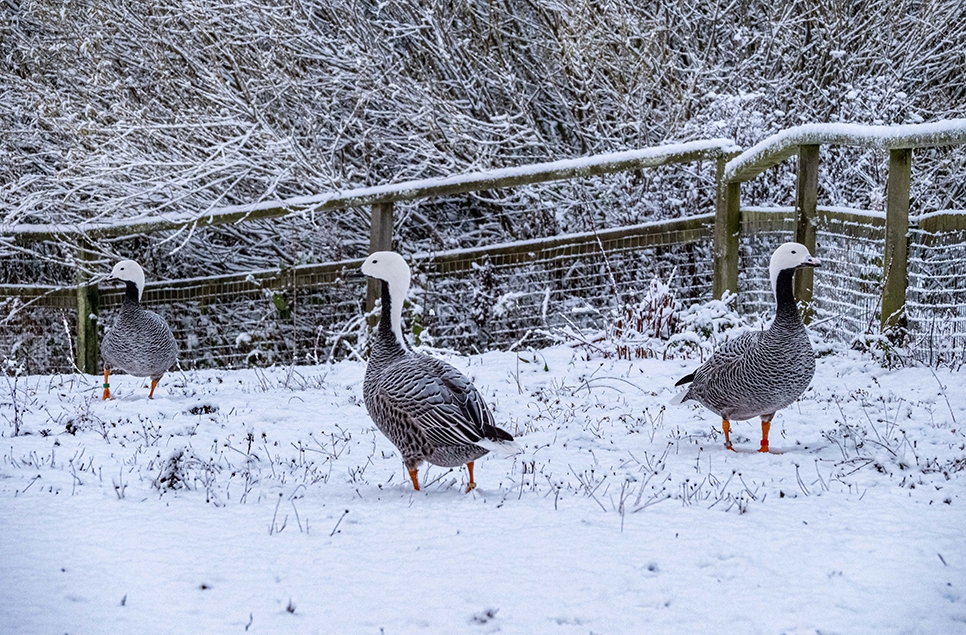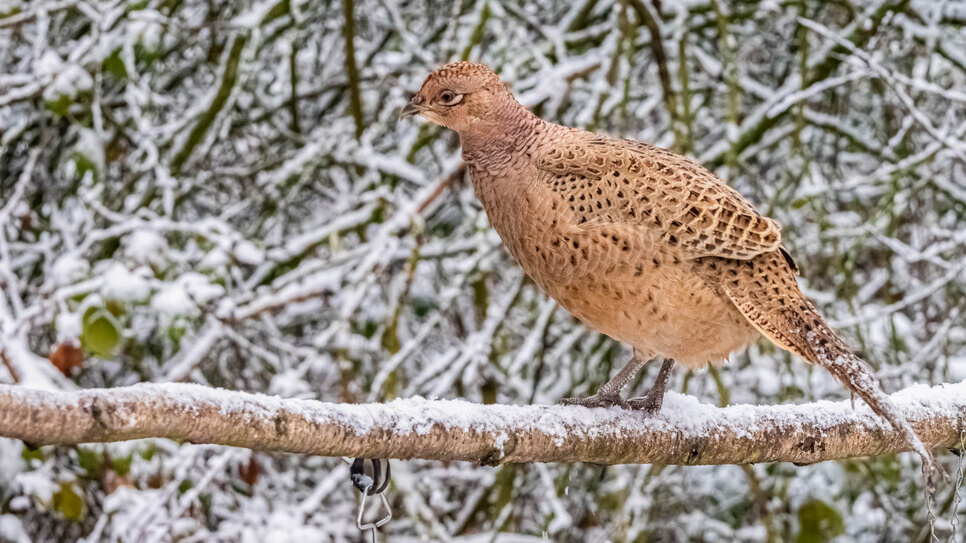The wonder of webs
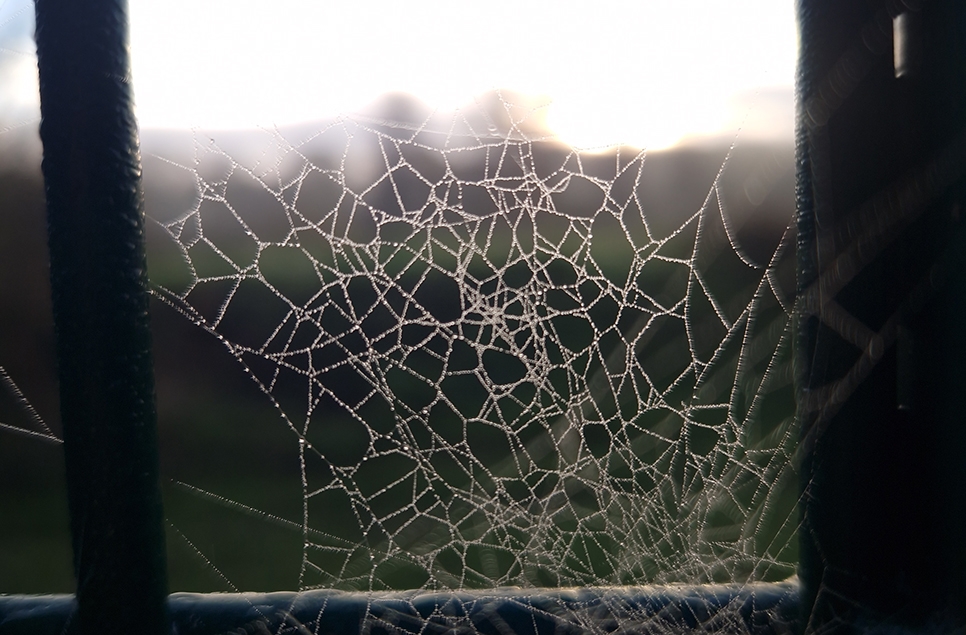
Bushes laden with vibrant red berries, tracks running through freshly fallen snow, and the swirling dance of jackdaw are all sights we look forward to as winter draws closer. But what if you added spider webs to your list of things to look out for?
Blog written by Mantis Page
Whilst they may not be what comes to mind when you think of a conventional winter sight, the intricate beauty of these silk-spun structures are highlighted in the cold frosts of the season.
Many of us will consider ourselves to be familiar with spider webs. After all, feeling the unwelcome brush of spider silk across your face in the morning is a common enough experience, and plenty of people have battled with the webs constructed in their homes. Though when they aren’t right in front of (or even in!) our faces, how many of these webs do we truly notice? There are over 650 species of spider in the UK, most of which weave their own variation on the “classic” spider web.
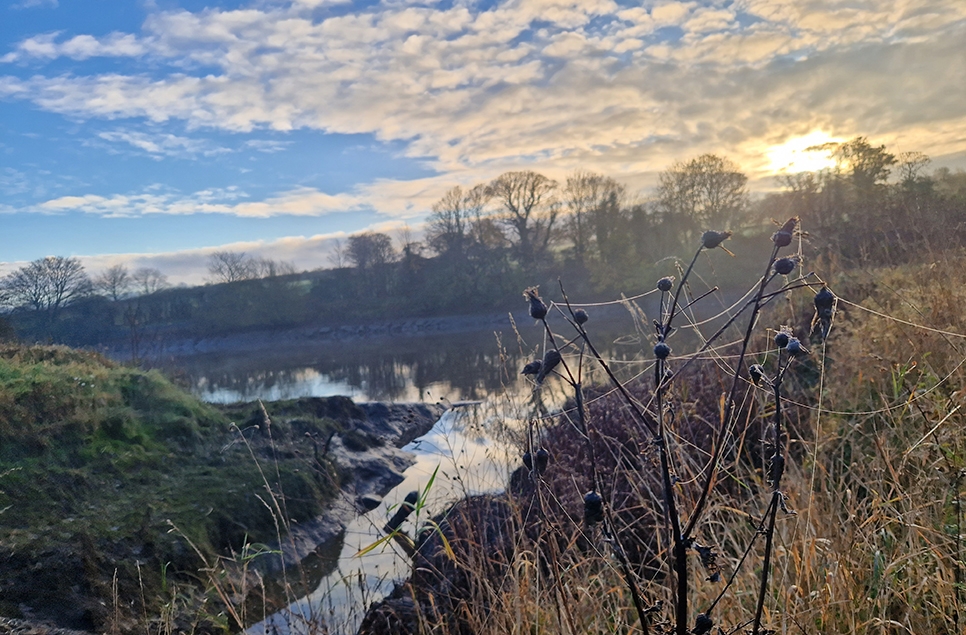
Orb Webs
This is what most of us picture when we think about a spider web, and they are certainly one of the more traditionally charismatic webs that we have in the UK. Spiders that fall into this category weave their webs into spiral nets that tangle and ensnare any small prey unfortunate enough to come across them. In the UK, these tend to be small gnats, mosquitoes, and flies, though sometimes larger insects will also find themselves stuck in a web.
If you’re looking at one of these spiral traps in your garden, there's a high chance it's the European garden spider (Araneus diadematus), which is prevalent across the country, and can spin webs up to 40cm wide! The spiders responsible for these webs can be identified partly by the mottled white cross found on their abdomen, and can be seen with a golden brown appearance when sat out in the sun.
Another striking orb web found in the UK is the one spun by spiders within the Argiope genus. These can be easily identified both by the X shape that the spiders’ legs form when sat in the centre, and by the clear zig-zag of silk running through the centre of the web. This is known as the stabilimentum - or web decoration - and though its exact purpose isn’t known for sure, there are multiple theories as to how it aids the spider.
One of these theories proposes that it acts to protect the web from destruction from birds, as it increases the web’s visibility, reducing the likelihood of a bird flying into it and ruining the spider’s hard work. Another theory suggests that this section of silk increases the volume of prey that becomes ensnared within the web. A study by Kil Won Kim., Kyeonghye Kim, and Jae C. Choe. in 2012 found that wasp spider (Argiope bruennichi) webs with stabilimentum ensnared a higher number of UV-sensitive insects compared to those without, and concluded that the high level of UV reflected may act as an attractant to these types of insects. However, this study only covers one species, and recognises that this feature may play alternate roles across differing species and habitat.
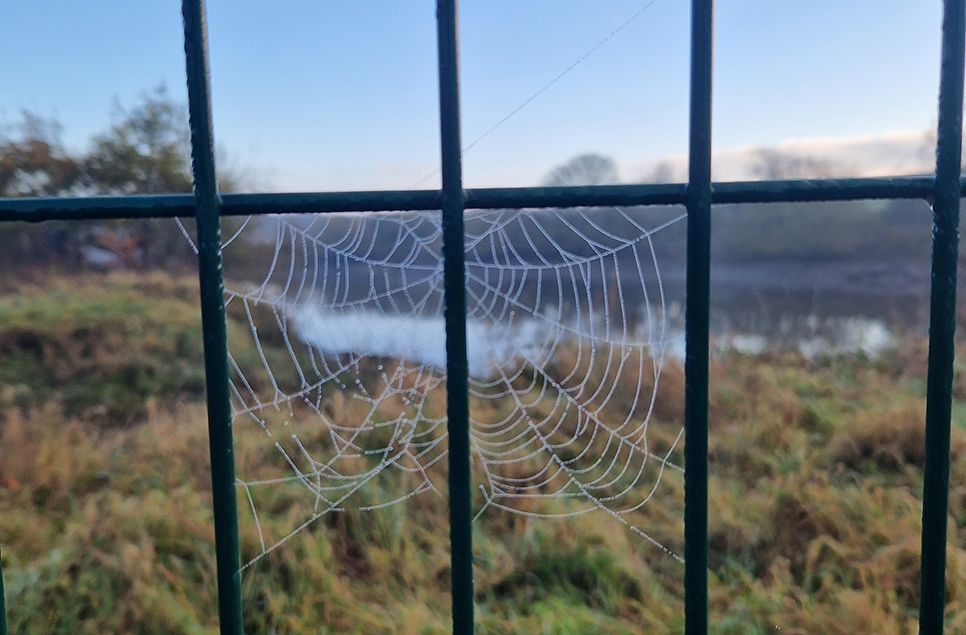
Funnel webs
Funnel webs, unlike orb webs, tend to be less conspicuous by design. They're shaped much like their name suggests, being made up of a tunnel and a collar which surrounds the entrance. These webs don't work by entangling prey, but more by working as an alert system for the spider who spun it. Once the web has been spun, the spider is able to tuck itself away into the silken tube, and lie in wait…
If an insect stumbles across the collar, vibrations are sent through the web, and alert the spider, who will dart out to immobilise their prey. One tunnel weaving genus that is common across the UK is the lace web spiders (Amaurobius). If hunting for their webs, they can be frequently found between the gaps of old brick and stone walls, as well as in wooden fences and broken up bark.
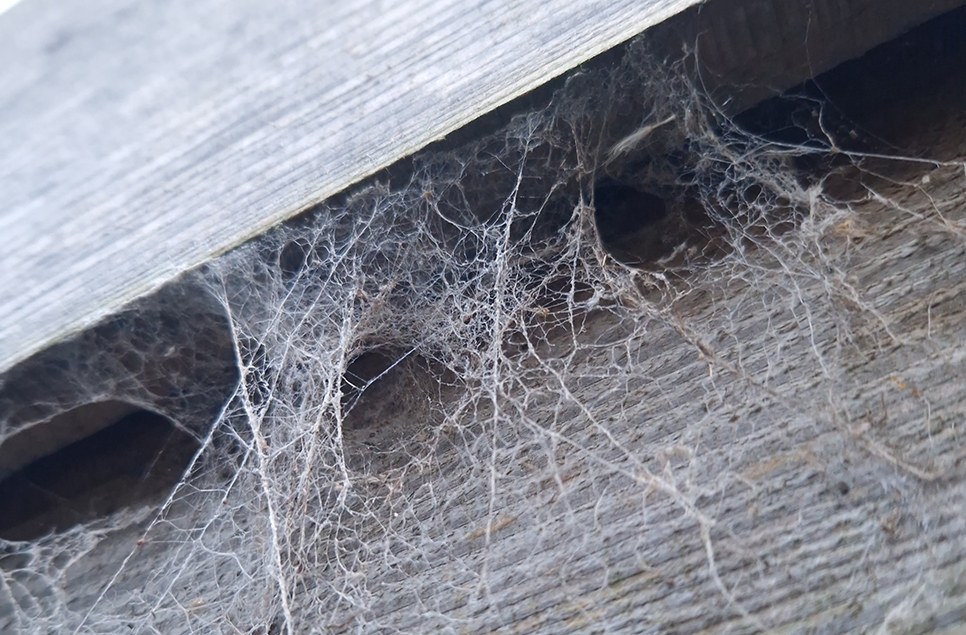
Sheet webs
These webs may be regarded as messy, and as less thoughtfully constructed than the pretty orb webs we see in our gardens, but some of them may surprise you in their complexity! There's likely many pressures that have led to the development of these tangled webs, one of which has been theorised to be a method of protection against wasp predation.
If you look closer at some of these webs, you may find characteristics that you haven’t noticed before; webs of the spiders from the Agalena genus meticulously weave vertical threads of silk above the main sheet web. These work to tangle and stick flying and jumping prey that may otherwise get away unnoticed by the spider. When watching spiders in this genus hunt, it may appear that they can hear the prey before they even touch the web. Trichobothria are responsible for this - “hearing hairs” that run along the spider’s legs help them to detect vibrations and movements in the air!
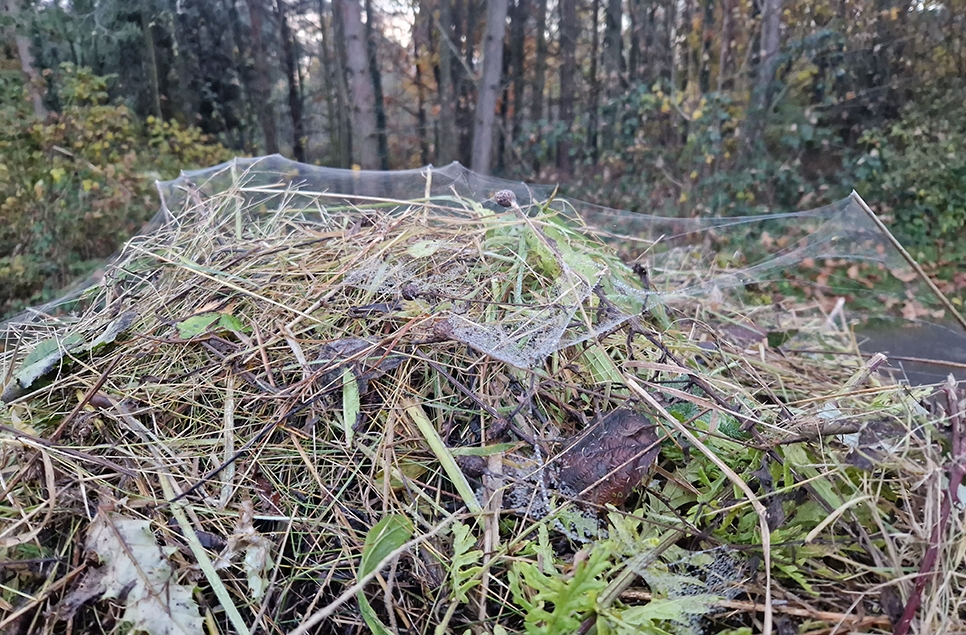
Spiders are extremely varied animals, even across the UK, with a wide variety of webs that haven’t been covered here. As well as this, not all spiders will use stationary webs to capture prey, one example being Euryopsis flavomaculata, a species of spider in the UK that uses strands of silk to capture small prey (e.g. ants) after hunting them down.
These arachnids truly are fascinating, and if you keep an eye out for them and their webs, you surely won’t be disappointed by the gorgeous variety out there.
Ready to visit?
If you've been inspired to explore Washington Wetland Centre, find out more and plan your visit online.
Plan your visit